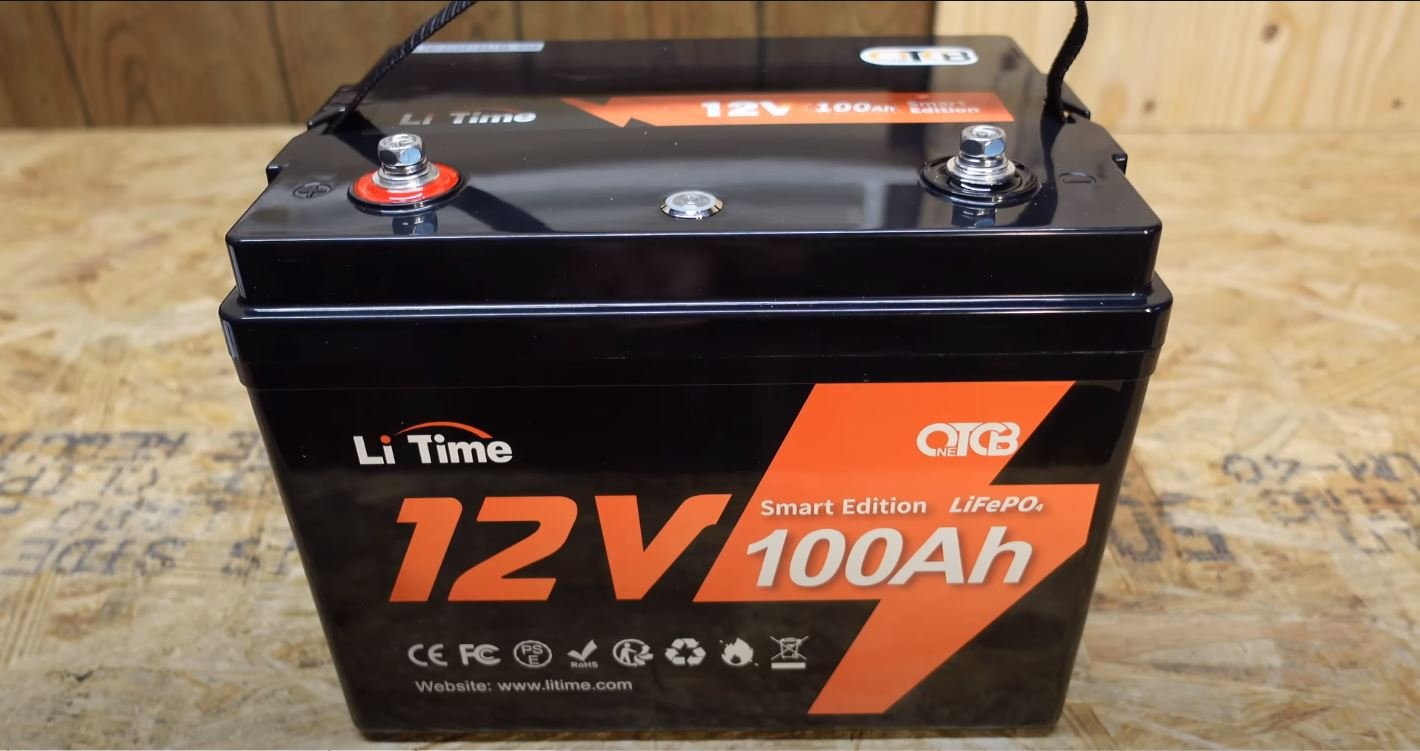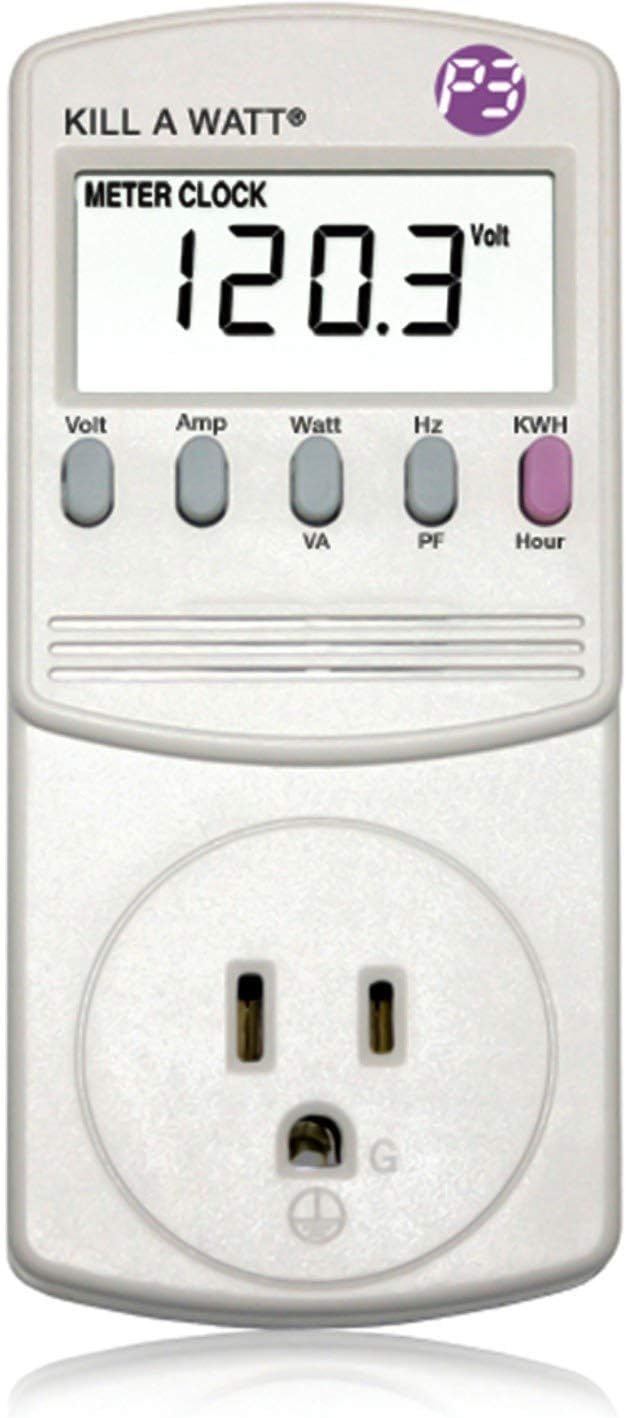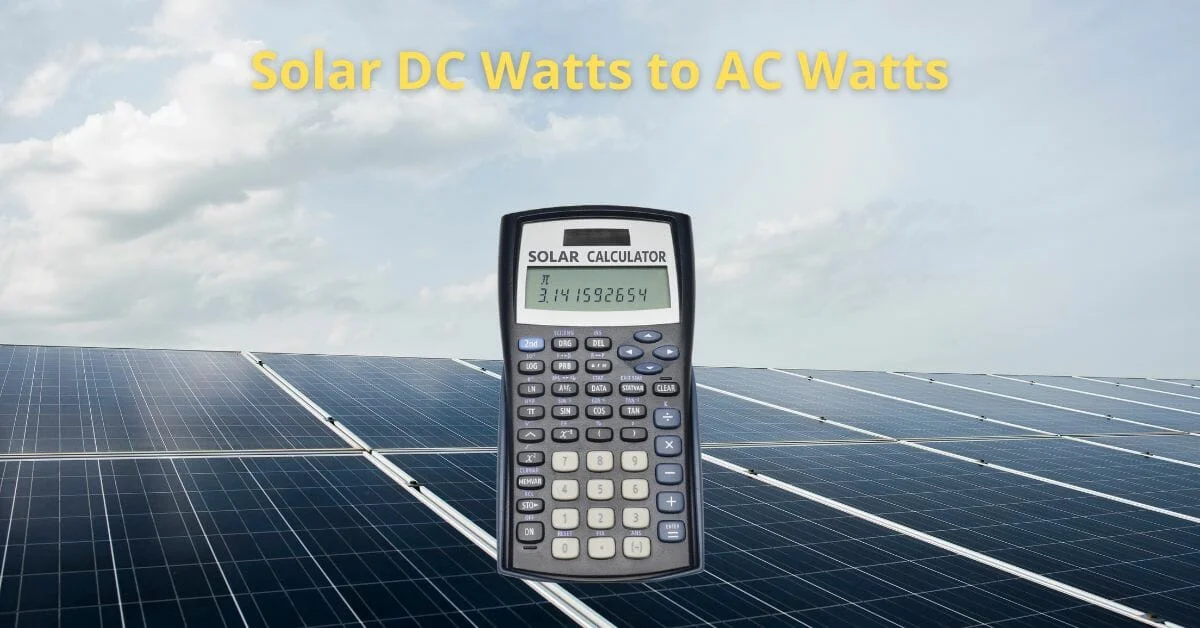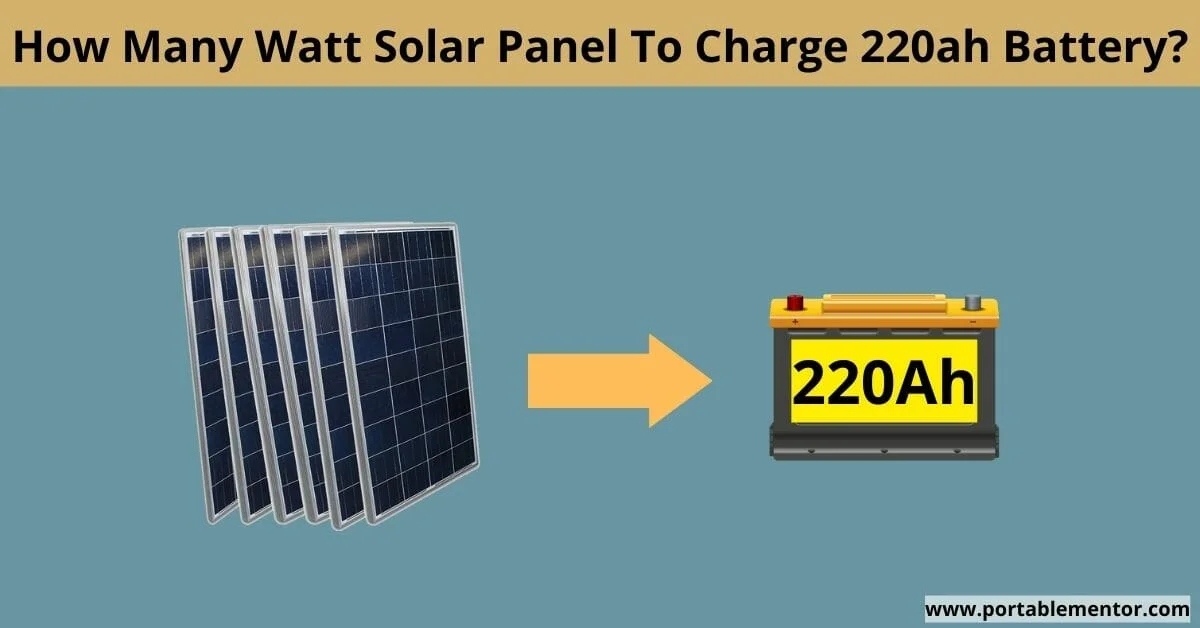In this guide, I will walk you through the process of selecting the optimal inverter size for your 100Ah battery.
Also, I will provide some best inverter options for a 100ah battery. And an inverter size chart to help you select the appropriate size inverter for your needs.
Summary
- Step to calculate inverter size for 100ah battery: Calculate the total load you intend to use and add 20% for a safety margin.
- Select the inverter type: Choose a pure sine wave inverter for superior performance and protect your appliances from potential damage.
- Additional tips: Using appropriately sized cables and ensuring proper ventilation will further enhance the efficiency and reliability of your inverter system.
What size inverter for a 100ah battery?
In general, for a 100ah battery, a 1000 watt pure sine wave inverter will be a good suit. It provides enough power to operate a wide range of household or camping appliances.
Now, let's figure out how to choose the right inverter size for a 100ah battery, based on what you need.
How to Choose the Right Size Inverter for a 100Ah Battery?
To find out the perfect inverter size for your 100ah battery, follow these two steps carefully:

step 1: Calculate the Total AC Load
To pick the correct inverter for a 100ah battery, first, you need to add up the power used by the appliances you intend to use. This means looking at the power each appliance needs and adding them up.
To provide you with a practical example, let's consider a setup that includes:
- TV (50W)
- LED bulb (20W)
- Charging phone (5W)
- Laptop (100W)
- Ceiling fan (150W)
The combined load of these appliances amounts to 325 watts.
Understanding Power Loads: Resistive vs. Inductive
To pick the right inverter size, you need to know the difference between two kinds of power: resistive and inductive.
Resistive Load (continuous power): These are things like LED lights, TVs, and phones. They use power as per their given ratings. For power calculations, these loads are easy to add up.
Inductive Load (surge power): These are things like fans, water pumps, tools, fridges, and air conditioners. They might need up to double their rated power at startup or during use, which is known as surge wattage.
Therefore, it's important to note that your inverter should be able to handle the surge wattage of your total load.
Note: To precisely calculate the power consumption of your appliance, use an energy consumption monitor. This device can be easily connected by inserting it between the power socket and the appliance's power cable. By doing so, the monitor will display the total wattage consumed by the appliance.
- Monitor your electrical usage by day, week, month, or year
- Large LCD display counts consumption by the kilowatt-hours
Step 2: calculate the Inverter Size for 100ah battery
Based on the total load of 325 watts, you'll need at least a 350W inverter to power them well with a 100Ah battery.
Although, it is advisable to add an extra 20% to the total load when sizing the inverter to account for safety factors.
While some experts recommend doubling the inverter size to match the total power. But in my opinion, adding 20% is a good balance.
If you're using items that need surge power, make sure your inverter can handle it. Many inverters can deal with this extra power. To find out how much surge power your inverter can take, check the user guide or ask the company who made it.
Note: The input voltage of the inverter should match the voltage of your battery. If you have a 12V battery, you will need a 12V inverter, while a 24V battery requires a 24V inverter. Make sure to verify the voltage of your battery before selecting an inverter.
Pure Sine Wave Inverter --- The Ideal Choice
When picking an inverter for your 100ah battery, it's best to choose a pure sine wave inverter. This type of inverter gives a steady power output, similar to what you get from the electricity grid.
This clean power is safer for your appliances and makes them work their best. On the other hand, modified sine wave inverters give a rougher power output that might cause problems for delicate electronics.
Inverter Size Chart
To help you pick the right inverter size, I've made a handy chart. It shows how different inverter sizes can handle running different things at the same time.
This chart covers a range of inverter sizes, starting from 300W and going up to 3000W, along with the corresponding appliances each size can power simultaneously.
| Inverter Size (Watt) | LED Lights (7W) | Phone/Tablet (30W) | Drone/Camera (40W) | Laptop (60-150W) | Electric Fan (80W) | TV (150W) | Medium-size Refrigerator/Freezer (150W) | RV Water Pump (100W) | Power Tools (1000W) | Microwave Oven (1000W) | Hair Dryer (1000W) | Vacuum Cleaner (1000W) | Air Conditioning Unit (1500W) |
|---|---|---|---|---|---|---|---|---|---|---|---|---|---|
| 300W | ✔️ | ✔️ | ✔️ | ✔️ | ✔️ | ||||||||
| 500W | ✔️ | ✔️ | ✔️ | ✔️ | ✔️ | ✔️ | |||||||
| 700W | ✔️ | ✔️ | ✔️ | ✔️ | ✔️ | ✔️ | ✔️ | ||||||
| 1000W | ✔️ | ✔️ | ✔️ | ✔️ | ✔️ | ✔️ | ✔️ | ||||||
| 1500W | ✔️ | ✔️ | ✔️ | ✔️ | ✔️ | ✔️ | ✔️ | ||||||
| 2000W | ✔️ | ✔️ | ✔️ | ✔️ | ✔️ | ✔️ | ✔️ | ✔️ | ✔️ | ✔️ |
Best inverters options for 100ah battery
Here’s a list of different size inverters which will be suitable with 100ah battery.
| Inverter | Details | Where to Buy |
|---|---|---|
WZRELB 500 watt pure sine wave | - Input voltage: 12V - Surge power: 1000 watt | Check Latest Price |
Renogy 700 watt pure sine wave | - Input voltage: 12V - Surge power: 1400 watt | Check Latest Price |
Renogy 1000 watt pure sine wave | - Input voltage: 12V - Surge power: 2000 watt | Check Latest Price |
Renogy 2000 watt pure sine wave | - Input voltage: 12V - Surge power: 4000 watt | Check Latest Price |
Renogy 3000 watt pure sine wave | - Input voltage: 12V - Surge power: 6000 watt | Check Latest Price |
Tips for Using an Inverter
To ensure a successful and safe experience with your inverter, here are a few additional tips to keep in mind:
- Pick the Right Size Cable: Using the right size cables for connecting your inverter to the battery and appliances is important. Thicker cables with less resistance are better because they keep voltage drop and overheating low. Good quality, thicker cables can make your inverter system work a lot better.
- Proper Ventilation: Inverters get hot when they're working, so they need enough ventilation to stop them from overheating. Make sure the inverter is somewhere with good airflow. Don't put it in a small space or cover it with things that might stop the air from flowing properly.
FAQs
Yes, you can use a 2000 watt inverter with a 100ah battery. But if you use 2000 watts from your 12v 100ah battery, it will use up the battery faster and over time, it will also shorten the battery's life.
Yes, you can use a 1500 watt inverter with a 100ah battery. Although, a 12v 100ah lead acid battery will not be suitable to discharge at 1500 watts.



